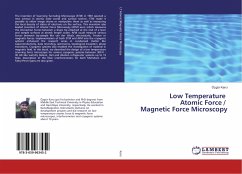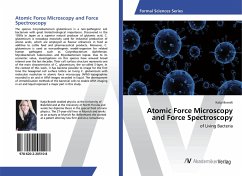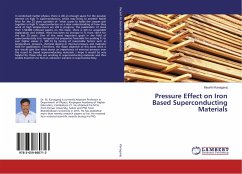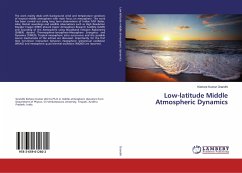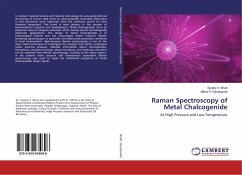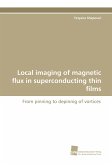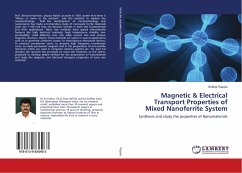The invention of Scanning Tunneling Microscope (STM) in 1981 opened a new avenue in atomic scale world and surface science. STM made it possible to either image atoms or manipulate them as well as measuring the local density of states of electrons on the surface. This invention also leaded invention of Atomic Force Microscopy (AFM) soon which measures the interaction forces between a sharp tip attached at the end of a lever and sample surfaces at atomic length scales. AFM could measure various forces between tip-sample like van der Waals, electrostatic, friction or magnetic forces. Implementation of both STM and AFM into the cryogenic systems enhanced the research areas in condensed matter like superconductivity, data recording, spintronics, topological insulators, phase transitions. Cryogenic systems also enabled the investigation of material in magnetic field. In this book, we described the design of a low temperature scanning force microscope for various cryogenic systems between 300 K - 30 mK like wet/dry Helium, He3 and dilution refrigerator systems up to 15 Tesla. Description of the fiber interferometers for both Michelson and Fabry-Perot types are also given.

